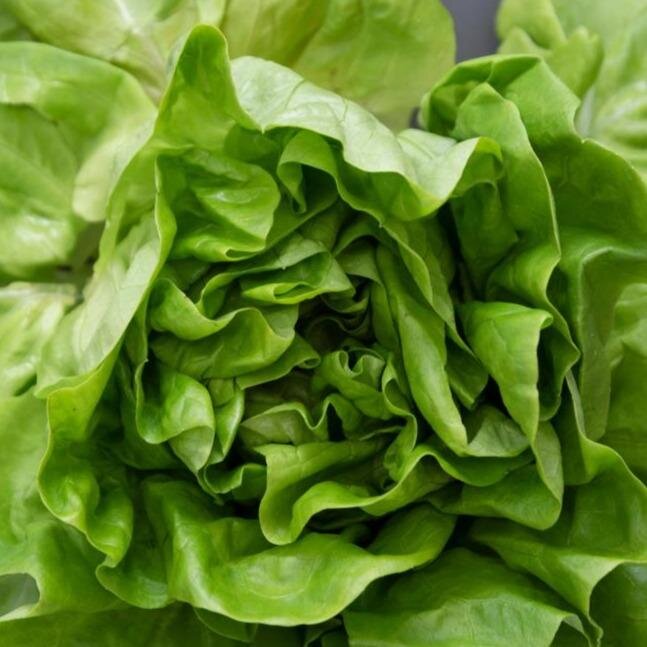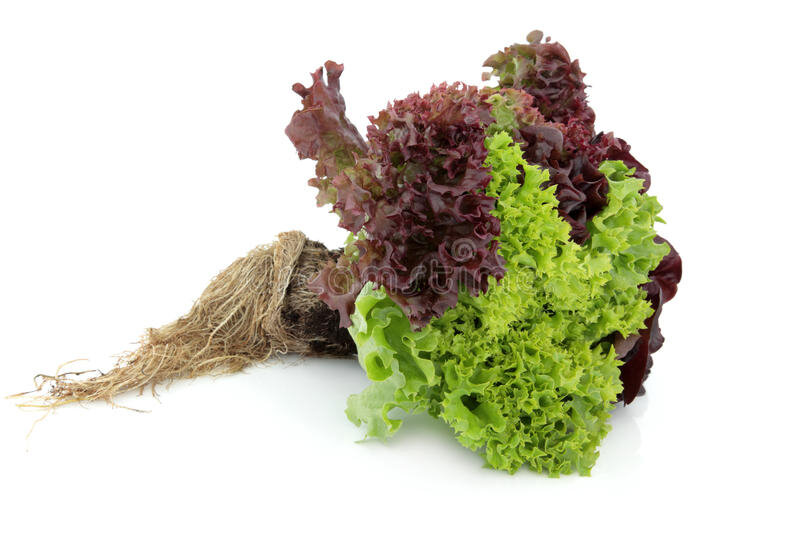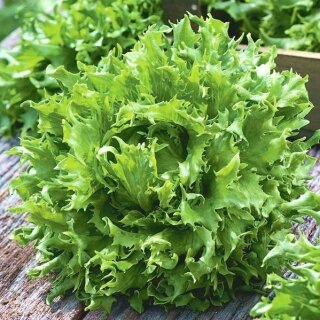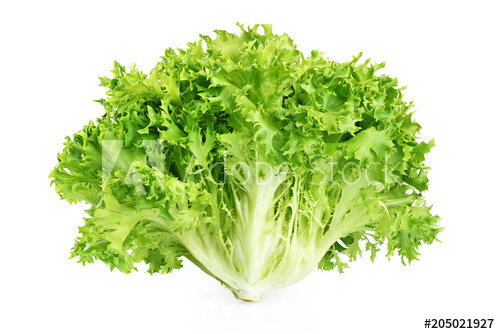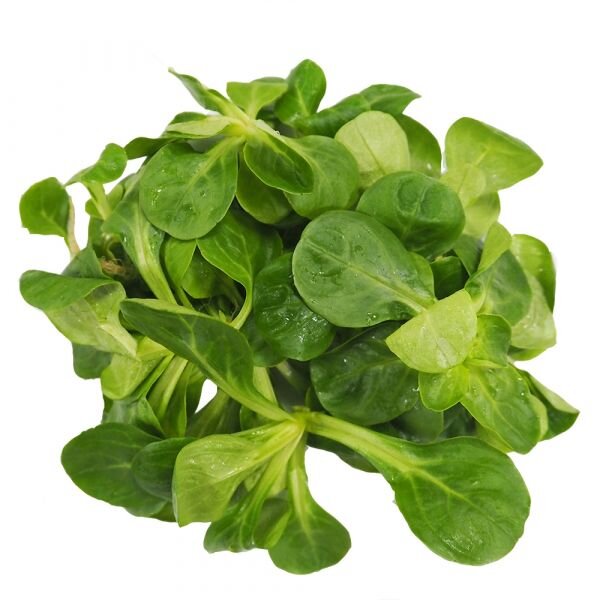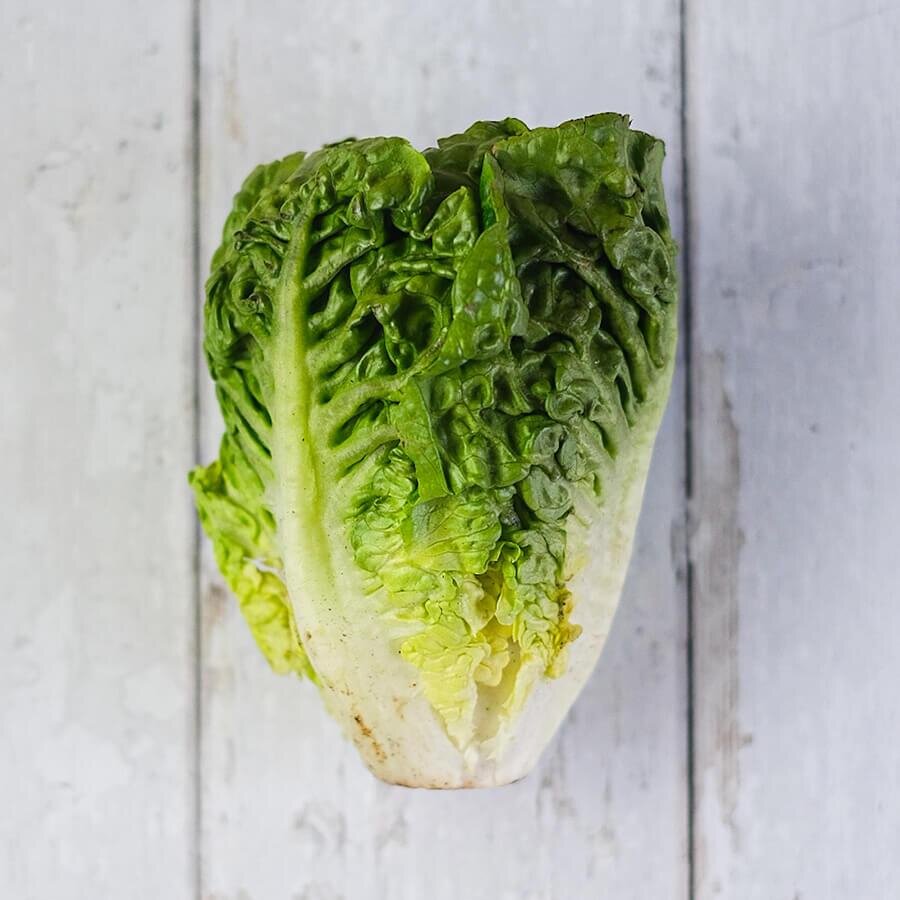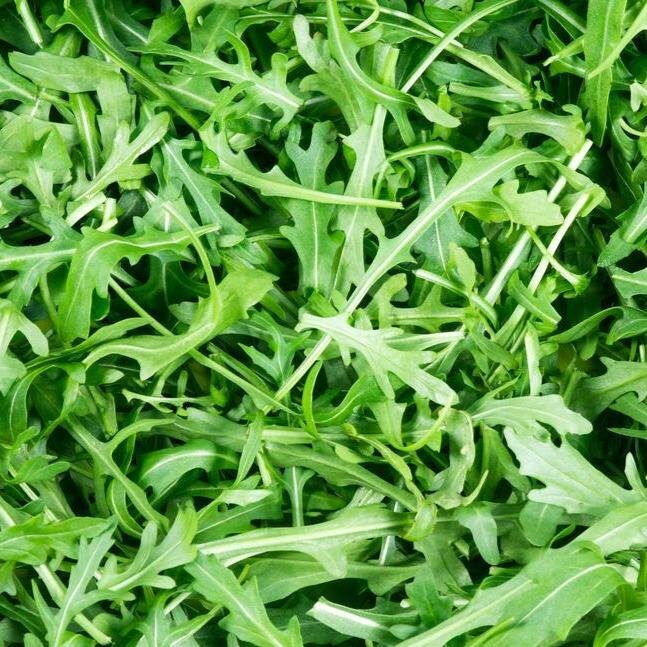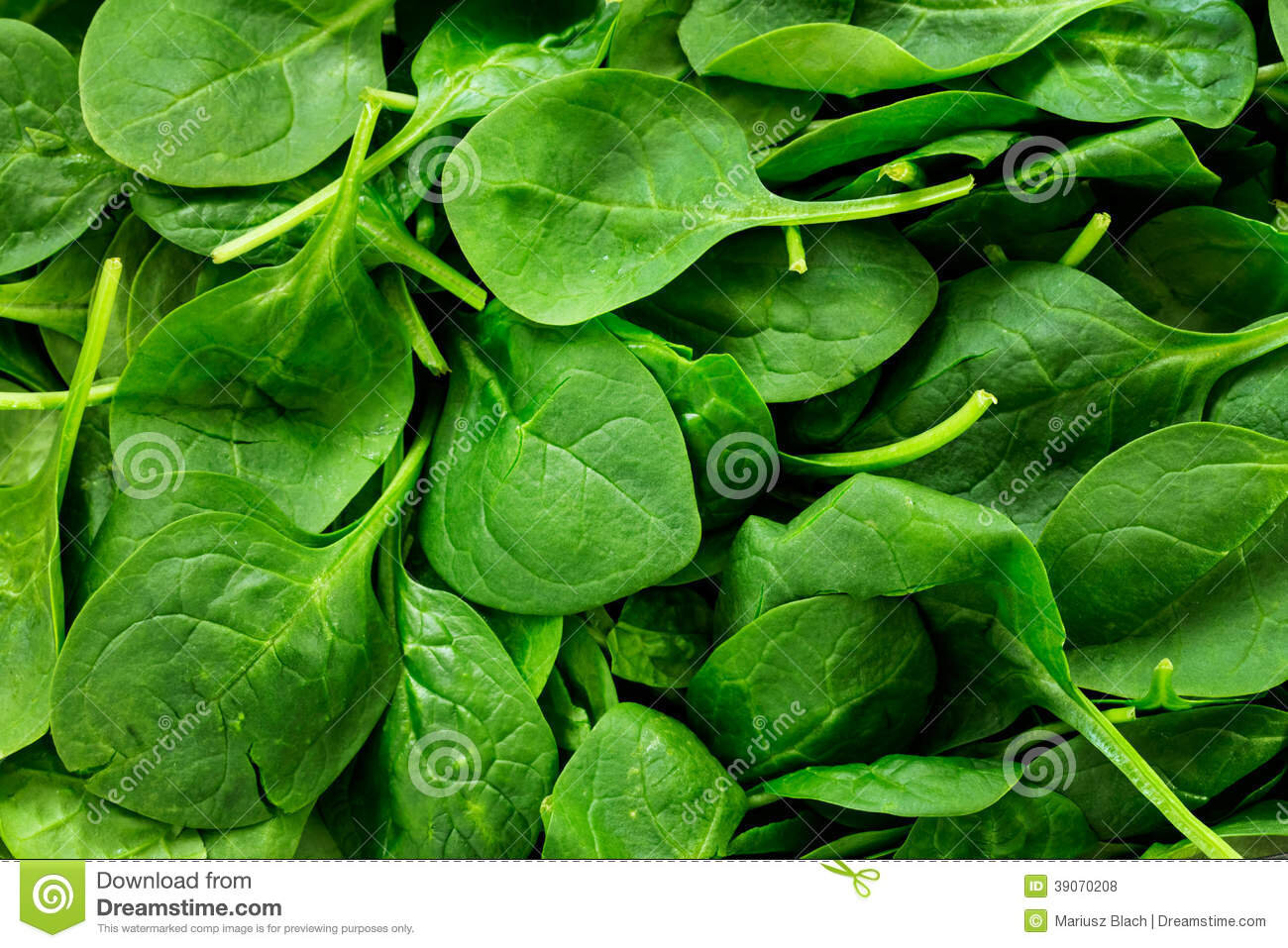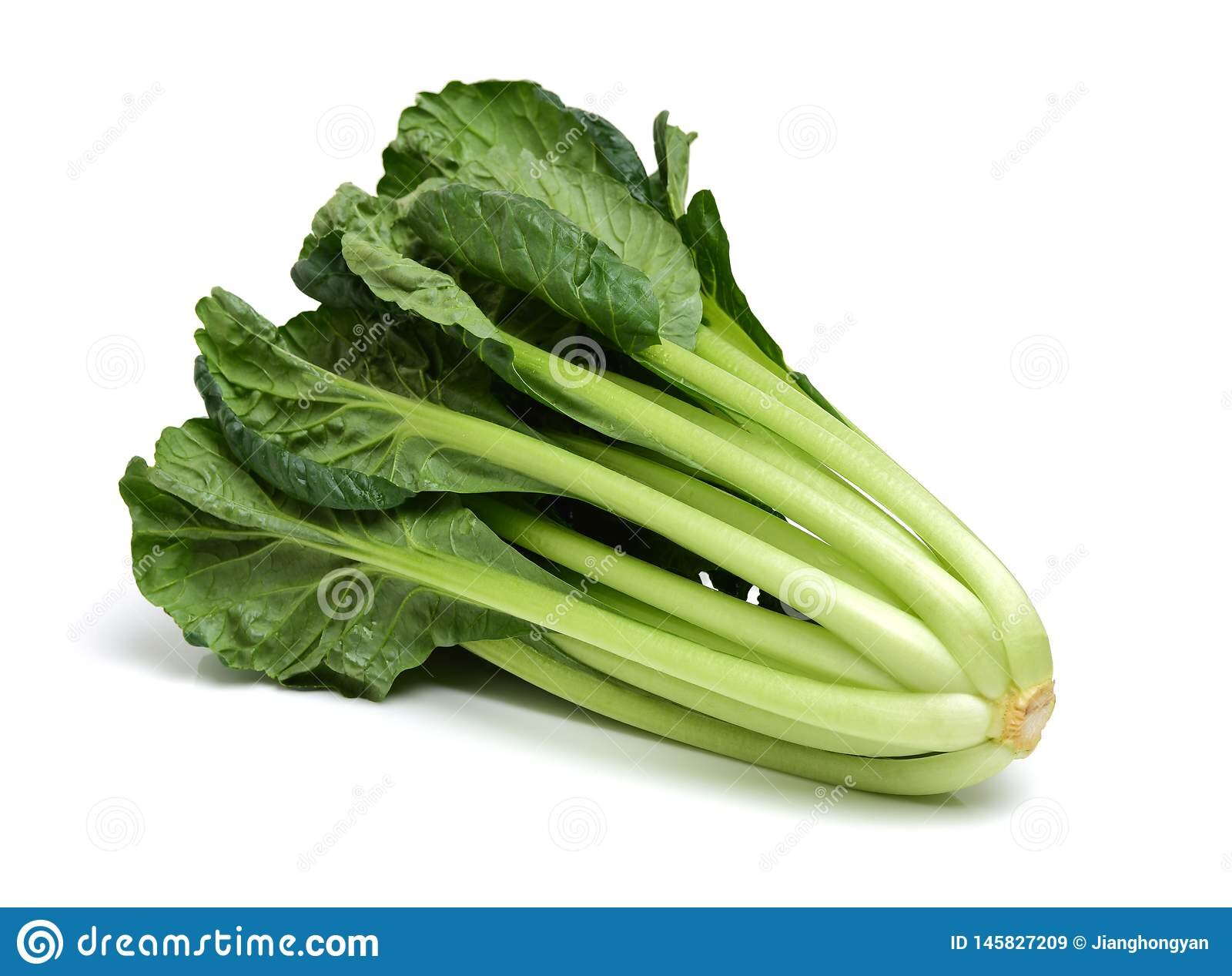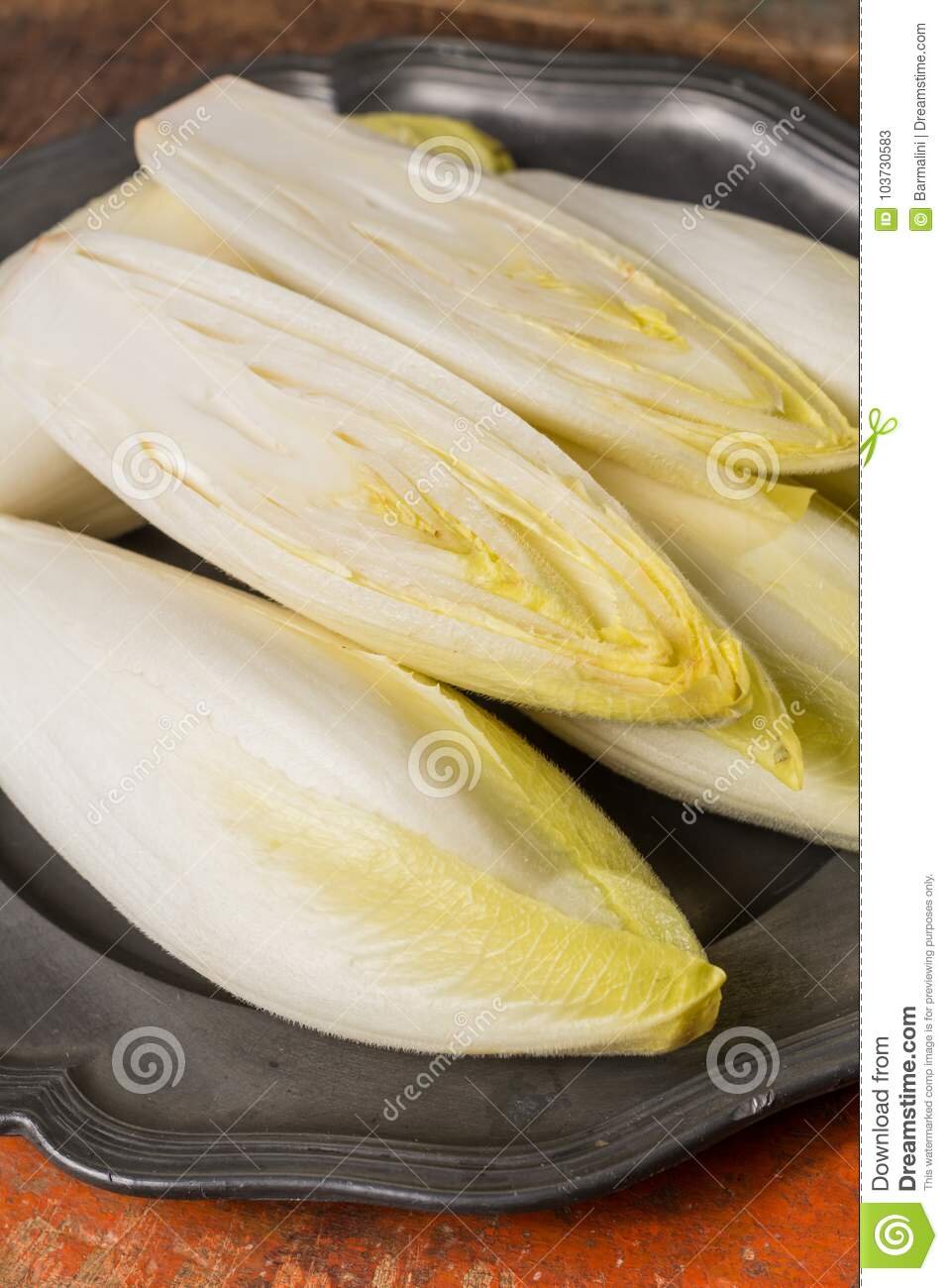The Perfect Salad - Top Ten Tips
10 Tips to the Perfect Salad
If there’s a menu and it has a salad on it, more likely than not I’ll order it.
No joke, I’m a sucker to a good salad, and that in itself can be the problem, to find a ‘good’ salad while eating out.
Salads for me aren’t about health or less calories, it’s all about the taste and mouth feel and I want to leave my empty salad bowl behind feeling satisfied, as if I’ve just had a bowl full of love, I want to feel just the same way as I do in the winter time after eating a bowl full of stew and dumplings.
Salads are on some peoples top ten list of most boring foods, and I can understand why.
Most salads on a menu are limited to a few soggy greeneries of questionable origin, drenched in over seasoned dressings, and are usually something that’s an add-on for people who don’t want to be seen ordering chips, or they’re pretending to lose a few pounds and want to eat something before they head to the chip shop for a large fish on their way home.
I think it’s as easy to make a tasty, interesting, satisfying salad as it is to make a boring one, and I think the trick is to stop thinking of it as a one-dimensional plate of leaves or something ‘I should’ make, and start to think of it as a stand-alone meal that needs lots of elements to make it work, like a good stew and dumplings in the winter time.
This is how I think about a salad, and if you don’t believe me, just ask the lovely Mr G who is usually on the receiving end of them, summer and winter.
I’ve put together a top ten list of tips that might get you started down the road to becoming a lover of salad rather than being indifferent to it, and let me know if you have any more ideas that I can try in my next one too?
1) Leaves – Start with the leaves.
Choosing which leaves are in my salad is pretty important to me.
Which I choose usually depends on what else is in my salad, or what the protein is going to be, and the occasion where the salad is going to be eaten can also be a factor in the greenery I choose.
If I’m making a salad for a family BBQ, it’s more likely that the leaves I use will be more general, leaves that will appeal to everyone.
One of my sisters is a hater of rocket, something about soap!
Have you ever heard of that before?
Not me, I love the peppery sharp flavour, and it makes me have a bit of a cheeky smile when we go out for meal and she quizzes the server about whether there’s a trace of the stuff in what she’s about to eat.
If I’m making a salad to serve a lot of people, then I’m more likely to put together a salad with a mix of mild leaves such as a soft butterhead lettuce, little gem or a bibb lettuce, all of which are slightly sweet and tend to be favourites of lots of people, or at least, not raise any negative opinions.
If I’m thinking of adding a creamy dressing I’ll use a leaf with a little more robustness, a bit more sturdy such as a romaine lettuce which has a very slight bitter taste to it but holds together without getting too soft and wilting too quickly.
Generally, I’m not a lover of dressing a salad before serving it, in fact I’m not a lover of salad dressing at all.
If ordering from an eatery while I’m out and about, I’ll make sure that any dressings are served on the side.
With my own salads, I very rarely make a dressing, usually relying on the juices of the other additions to the salad or the juices from the protein, but that’s such a personal thing.
The thing I’ve learnt over my years of salad making is that a salad doesn’t have to have leaves in it at all.
It’s always nice to have a warm salad made up of some cooked and still warm crunchy green beans or a salad of shaved broccoli stalks and grilled sweetcorn, great for a winter change up.
If it’s a for a salad without salad leaves, I’d use a heartier dressing.
I’ve listed a few types of lettuce here hoping they might help but I know these are only a fraction of the varieties on offer in shops or even more so if you’re growing your own from seeds.
Do you have a favourite?
Types of Lettuce
Batavia Lettuce – Peppery Flavour
Crisp Head Lettuce – Mild Flavour
Romaine- Lettuce – Slightly Bitter Flavour
Mache Sometimes called Lambs Lettuce – Mild Sweet Flavour
Frisee – Slightly Bitter Flavour
Rocket – Slightly peppery favour
Radicchio – Slightly Bitter Flavour
Mizuna – Peppery Cabbage Flavour
Red Oak Leaf Lettuce – Nutty & Sweet Flavour
Belgium Endive – Slightly Bitter Flavour
Little Gem Lettuce – Delicate Sweet Flavour
Tatsoi – Mustard Favour
Batavian Endive – Mild Bitter Flavour
Bibb Lettuce – Sweet Flavour
Boston Lettuce – Mild Flavour
Iceberg Lettuce – Juicy, Mild & Sweet Flavour
Spinach – Light Green Flavour
2) Texture – I’ve got to have a bit of crunch.
There has to be a variety of textures in my salads.
A rule of thumb is to make sure there is something chewy, soft, crunchy, wet and dry in each mouthful
The obvious way to do this is by adding some seeds or nuts.
Sometimes seeds aren’t what I want to be eating (especially as my teeth get a little older) , and nuts are the way to go.
I’m very partial so some pine nuts or walnuts in my salads, I like the oiliness of them, not too hard on my teeth but still with a good crunchy mouth feel.
Hazelnuts are a great addition to a salad too.
To intensify the flavour and make them have a crumblier texture as well as crunchier, give them a roast before you use them.
Place them on an oven tray into a 180c oven to cook for about 10 minutes.
Once out of the oven, while still hot, place them into a clean t-towel and give them a few firm rubs to get rid of as much of the skins as possible.
Give them a rough chop before sprinkling them over the salad at the very last moment before serving.
There is one fruit which provides colour and crunch and I love the little ruby seeds, but pomegranate seeds should come with a health warning for my teeth, so if that’s something you need to watch out for too, take care!
Toasted Hazelnut
3) Dressings – Yes or No?
As a rule, I’m not a lover of salad dressing.
As I mentioned earlier, if out and about and ordering a salad I’ll either tell them not to bring the dressing or have it on the side so I can decide to use it or not when it arrives.
At home, I’d prefer to have my salad flavoured by other elements rather than adding a dressing to cover all the other flavours I’ve been working hard to get in it.
I add a lot of layers to a salad, so what essentially happens is there’s always a lots juices and flavours so I just think adding an artificial flavour is sometimes one thing too much to something that is supposed to be fresh and light.
If there are fresh tomatoes, and a range of other cut salad ingredients nestling in the leaves, it’s often enough to moisten the leaves while at the same time letting all the flavours shine and stand out as an ingredient in their own right.
Something I do love, is to give the whole thing a good squirt of fresh lime, gotta love that zing!
Another factor is the protein that I’m eating with the salad.
Let’s face it, chicken is usually my go to poultry but on days that BBQs happens, there could be anything on the barbie.
A well-seasoned thick juicy steak sliced up and sitting on top of a great salad adds its own vivid taste to the mix, making it easy to spread the love and flavour on my salad.
In case you want a nice sweet dressing to drizzle, here’s one I’ve made a lot for guests using those last scrapings of jam or even marmalade at the bottom of the jar my spoon can’t reach.
Jam Jar Salad Dressing
Jam jar/marmalade jar
Vegetable Oil
White wine vinegar
Maldon Salt
Fresh Ground Pepper
Add everything to the jar and shake really well and place in a small jug so people can help themselves.
Add some spring onion to a dressing can add a different dimension and crunch to the dressing
4) No Recipe - Forget the recipe and use what you have!
Why would anyone use a recipe for a salad when all we need is imagination?
I don’t remember ever looking at a recipe to make a salad, maybe I’ve been missing out?!
That’s not to say that I don’t have a peak in magazines and social media sights for some inspiration, but it’s not a necessity.
Looking into my fridge, pantry or in the fresh section of the local Aldi or Lidl is often the beginning of my salad journey.
Finding seasonal ingredients has got to be the joy of salads for me and now I’ve started growing my own herbs and vegetables, I feel that I’m going to be eating even more and not from a recipe.
Poor lovely Mr G.
If you’re looking for a bit of originality, using raw vegetables that aren’t necessary associated with a salad is something to try, and if you have leftover broccoli or cauliflower stalks, use a grater to make them more palatable.
The lovely Mr G is addicted to a smoothy in the mornings, so there’s often fresh fruit laying to hand.
Adding these to my salads gives me a nice pop of juicy surprise when I bite into them and adds colour too.
5) Heat if you like it? - Add some heat.
Adding some heat to a salad can make it a little different too.
With the addition of a finely chopped or grated chilli and some lime zest and juice, it’s possible to make a salad have an Asian vibe.
Heat doesn’t have to come just from a chilli, some fresh ginger grated straight from the freezer is a way of adding flavour as opposed to just heat, and if you like salad dressing try mixing these together:
Grated ginger
Chilli
Rapeseed oi
Teaspoon of castor sugar
White vinegar
Into small jug, give it a good whisk and use it to dress the salad leaves.
Using fresh garlic or even adding a mustard dressing is a perfect way to add heat and taste, and if the garlic is sliced thinly and toasted in some hot oil, using the oil, once cooled, as part of the dressing, gives it a warm rather than hot element to it.
Add your heat
6) Water – No thanks.
Adding lots of salad ingredients could also mean adding lots of moisture, which leads to a wet mess on my plate, and I don’t want that.
If I were to add a salad dressing too, well, you get the picture!
De-seeding some of the ingredients will put a stop to that and it’s not a difficult or time-consuming thing to do.
Short term bother for long term good taste!
For cucumbers and tomatoes the easiest way it to slice them in half and scoop out the seeds using a tea spoon.
Once the seeds are removed, slice, dice and use however you want to.
Fruit is even more difficult to ‘de-moisture’.
Soft fruit, well that’s not even worth starting on, just make sure when they hit the leaves, they are whole rather than cut up.
A raspberry is less likely to give off too much liquid too soon if in one piece.
And don’t forget the salad leaves themselves.
Leaves obviously need to be washed, not on cycle number 5, but using fresh cold water.
Even those bags of mixed leaves which say they’re ready to use need a shot under the cold tap.
After washing the lettuce, herbs etc, make sure they are thoroughly dried before they hit the plate.
An easy way to do this is to gently place them in a clean t-towel, gather all the corners up and start to swing the whole parcel around.
A little bit of centrifugal force will do the trick.
Or try this.
After making sure that all the leaves are washed of any grit or even the odd insect or two, (yes, even in those ready to use bags) I’ll give them a big shake in a sieve before letting them drain even more on some kitchen paper before adding them to my salad bowl or plate.
Voila, no water sloshing around on my plate.
7) DIY- Lets your guests help themselves
People in my family like to serve themselves, family style is always the way to go if I’ve groups of family coming to eat, and this even applies to a salad.
Letting people choose what they like to eat and add to their own salad bowls is a sure fire way of making everyone happy and letting my sister make sure she doesn’t accidentally get some rocket in her mouth along with an olive.
Dividing all of the salad ingredients up into individual bowls for everyone to see is terrific if you have a BBQ happening this summer.
Some ingredients are perfect to go on top of a fabulous burger, think of some big, fresh sliced tomatoes or some sliced gherkin.
Having them scattered around the buffet table means that all my guests get to put together their own salad using their own their imagination.
Help yourself to everything
8) Everything is green - Add colour
Green isn’t a very interesting colour, even though there are myriad of shades when choosing a foundation for a salad.
To counteract that grassy coloured mound, add colour in the form of other ingredients is the path to lead yourself down.
Now I’ve already spoken a little about fruit of the fresh variety, and tomatoes, but there is another thing I haven’t mentioned yet, dried fruit.
As a general rule I’m not the biggest lover of dried fruit of any kind.
I’m not even a liker of most of it in some things. Let’s not talk about Eccles cakes. Yuk!
For some reason dried fruits are a big yes for me when in a salad, I think I came to this realisation while living in Cincinnati.
In America, fruit seems to be on every plate when eating out, this doesn’t mean that everyone eats it (just look at all the obesity rates over there).
What I did find fascinating is the way there is a definite distinction as to how and when fruits, fresh or dried, is used and eaten in comparison to here, in the UK.
Usually, fruit is reserved for a snack or a dessert.
In the US, fruit is on breakfast plates snuggled next to the crispy bacon and over easy eggs, slices of juicy melon are sitting comfortably alongside a midday order of ribs and dried cranberries are added to salads.
Which leads me to the point of using dried fruits to add colour and sweetness to salads.
The addition of the sweet kick of a dried apricot is definitely worth it and brings some much need colour to my food.
I’ve put together a list of my top 10 dried or freeze-dried fruits to have in a salad:
1) Cranberries
2) Freeze Dried Raspberries
3) Freeze Dried Strawberries
4) Chopped Apricots
5) Dried Figs
6) Dried Mango
7) Dried Peach
8) Desiccated Coconut
9) Dried Mulberries
10) Raisins
Using flowers is a sure way of getting colour to the salad bowl
There’s been a huge boost in the edible flower trade since more chefs have started realising the virtues of them for their restaurant menus, and they certainly bring a much-needed relief to a boring bowl of food.
My favourite is the humble chive flower, I always think it’s a perfect thing to add because I get to use all of the plant, the green chive stalks and the tight purple petals of the blooms.
9) Hit all the taste buds – pickle, fresh, fat, fruit
Thinking of a salad as I would other dishes I put together, is to get to tick all the taste boxes.
I want to have something sweet as well as something umami when i’m hunting around for the perfect forkful .
Now, I may be a little too serious talking about this, but I don’t think you understand how much I love salad, or how serious I take it .
If I say to you that I love salad almost about as much as I love chicken, you may see why it’s a serious plate of food to me.
What we haven’t talked about is the pickle element on the plate.
It’s really easy to add this, find some of your favourite pickled onions or a few gherkins and chop them up before adding them to the bowl, but if you want to add something a little, well, more, pickle your own.
Try this:
Radishes sliced really thinly
White wine vinegar
Teaspoon of castor sugar
Add the all to a bowl, stir and leave to stand from 10 minute to 1 hour , depending on how hard you like your pickle.
Pickled Radishes
10) Deconstruct it
This is my favourite way to present and eat a salad.
Putting everything on to a serving platter is the best way to tick all of the other nine points I’ve just mentioned.
A way to make sure everyone gets what they like without being force fed a hated ingredient (I’m talking about you my sister) at the same time scattering about all the pretty and flavoursome additions for my perfect mouthful!
All on one platter
Let me know what you put in your salad?
Enjoy your sweet life.


